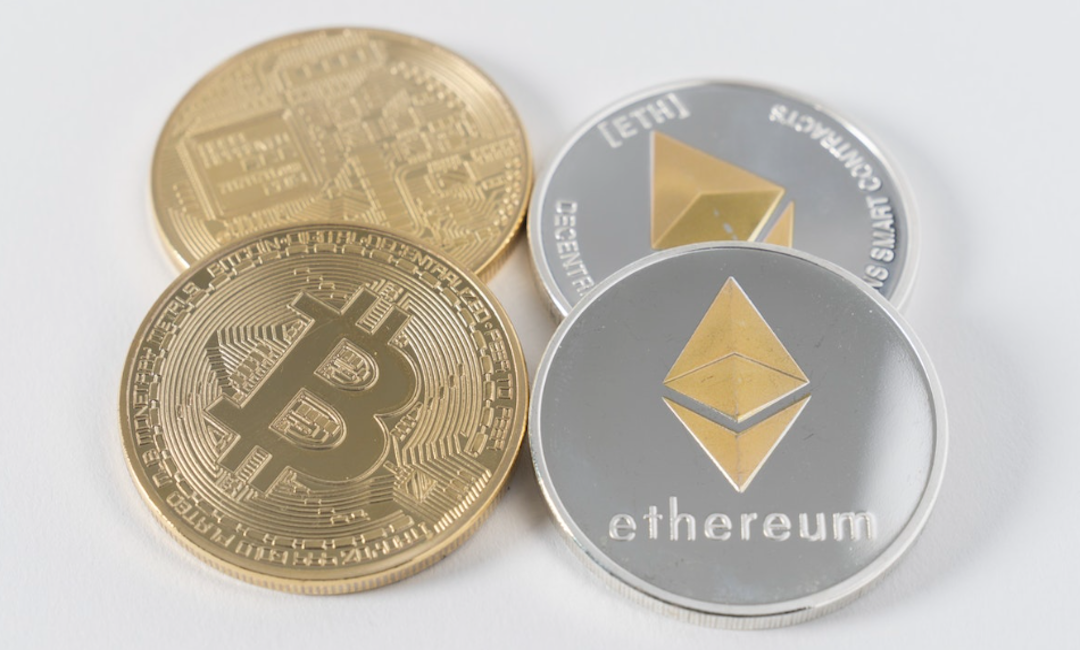Bitcoin’s position as the top player in the cryptocurrency market is solidifying as the prospect of an inflow of money from institutional investors has lifted the virtual asset to its highest point in a year.
Bitcoin touched a year-to-date high above USD 31,000 last Saturday, amid a surge that followed BlackRock’s June 15 application to U.S. regulators for an exchange-traded fund based on the cryptocurrency.
Bitcoin’s share of the total market capitalization of all cryptocurrency assets topped 50% for the first time in more than two years, according to CoinMarketCap.
The Securities and Exchange Commission repeatedly rejected filings for bitcoin ETFs not based on futures contracts over the risk of manipulation in the spot bitcoin market.
BlackRock aims to allay these concerns through an expected agreement with Nasdaq, where the fund would be listed, for “surveillance-sharing” of a bitcoin trading platform, though The Wall Street Journal reported Friday that the SEC said its filing remains inadequate.
If the regulator ultimately accepts this solution, hopes are high that it will open the door to more ETFs. BlackRock’s filing was followed by a string of applications from other big institutions.
This month has also seen the launch of EDX Markets, a new digital asset exchange for accredited investors backed by Fidelity, Charles Schwab and Citadel Securities, that will enable trading of bitcoin and Ethereum, among other cryptocurrencies.
The platform says it will follow best practices from traditional bourses, which had been an issue with other cryptocurrency exchanges, such as Binance, which was sued by the SEC this month.
These developments have reassured some market players that problems like the collapse of the FTX cryptocurrency exchange have not turned institutional investors away from cryptocurrency. Spot bitcoin ETFs are expected to be used by financial institutions as a way to hold the asset with no need for a wallet.
Institutional money appears to already be moving back into the market. Trading of bitcoin futures contracts has picked up on the Chicago Mercantile Exchange, and nearly USD 200 million flowed into major bitcoin investment products last week, the most since July 2022, according to data from CoinShares.
“Hedge funds specializing in cryptocurrencies have recently begun to trade more aggressively with our company,” said Midori Kanemitsu at Japanese exchange operator bitFlyer.
Retail investors, meanwhile, have been less than enthusiastic this year. The number of active addresses on the Bitcoin network has stayed largely flat since late 2021, and the number of new addresses being created each month is down to less than a tenth of its peak that year.
Despite the growing anticipation around Bitcoin, “there’s no indication that individuals are starting to trade actively,” Kanemitsu said.
This sluggish activity is hitting smaller cryptocurrencies like Cardano and Solana, which are seeing much slower growth than Bitcoin. Trading platforms popular with retail investors, such as Robinhood, are moving to end support for trading these tokens, and the risk of an SEC crackdown has made institutional investors even leerier of them.
This article first appeared on Nikkei Asia. It has been republished here as part of 36Kr’s ongoing partnership with Nikkei.

